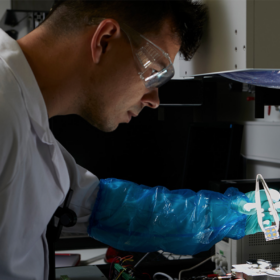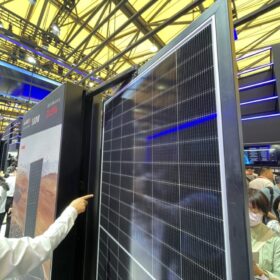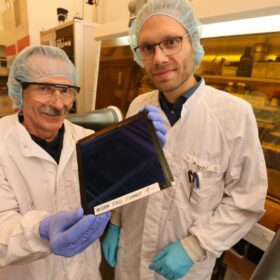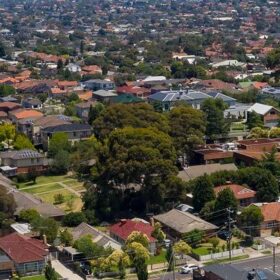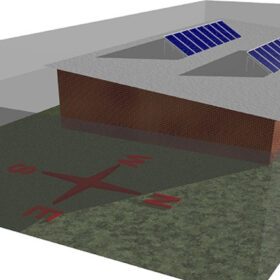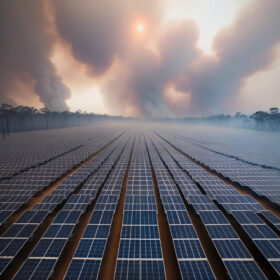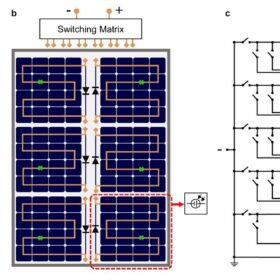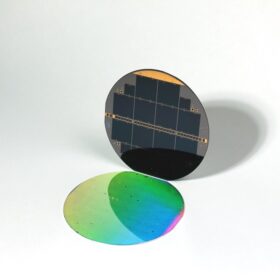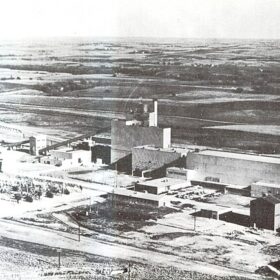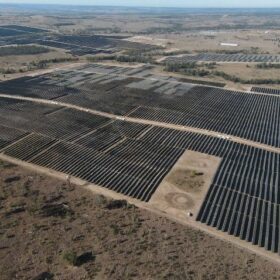UNSW researchers solve aqueous rechargeable zinc battery challenge
Researchers from The University of New South Wales have developed a “scalable solution” they say overcomes the rechargeability challenges associated with aqueous zinc battery technology, potentially redefining energy storage for homes and grids.
Breakthrough for producing perovskite solar cells with AI
Researchers at RMIT University’s School of Science, Monash University and Australia’s national science agency, the CSIRO, have harnessed artificial intelligence to accelerate the design and production of perovskite solar cells.
Longi announces 27.09% efficiency for heterojunction back contact solar cell
Longi has announced the achievement of 27.09% efficiency for its heterojunction back contact solar cell, a result that has been confirmed by Germany’s Institute for Solar Energy Research.
Researchers claim record-breaking 14.46% efficiency for organic PV module
A team of scientists at Germany’s Friedrich-Alexander Universität Erlangen Nürnberg has set an efficiency record of 14.46% for an organic PV module. The performance was certified by Germany’s Fraunhofer Institue for Solar Energy’s PV calibration laboratory.
Intellihub trial aims to free up more than 510 MW of flexible demand
Smart metering services provider Intellihub is seeking to develop digital infrastructure that will enable the orchestration of more than 150,000 otherwise scattered consumer energy generation and storage devices, helping to create more than 510 MW of flexible energy demand.
Bifacial PV on rooftops can provide energy yield gains of up to 22.6%
Scientists in Australia have combined Monte Carlo Ray Trace (MCRT) techniques and electrical modelling to assess the potential energy gains of bifacial rooftop PV systems compared to monofacial arrays. They found that rooftop reflectivity is a key factor in increasing a bifacial PV system performance, and that system and module design should also be carefully considered.
Black Summer wildfires impaired solar output, caused financial losses up to $29 million, researchers find
Smoke from wildfires significantly effects solar output, researchers from UNSW have found. Specifically, Australia’s Black Summer in 2019 – 2020 caused energy losses from residential and utility PV systems estimated between 175 to 35 GWh, equating to a worst-case financial loss of around $6.1 to $29 million.
Reconfigurable series-parallel photovoltaic modules with high shading tolerance
TU Deflt researchers made a first attempt to validate reconfigurable solar modules using prototypes in outdoor tests. The panels consist of two or more blocks of solar cells that are connected to a switching matrix and reportedly achieve a 10.2% higher energy yield than conventional shade-resilient modules under partial shading conditions.
Martin Green’s solar cell efficiencies at a glance – updated
The research group led by Professor Martin Green has published Version 63 of the solar cell efficiency tables. There are six new results reported in the new version.
Nuclear who?
Authors of the “World Nuclear Industry Status Report 2023” define the future role of nuclear energy in the global energy mix as “irrelevant” and “marginal.” The authors add that there were 407 operational reactors producing 365 GW in the middle of the year, which is less than installed capacity predictions for solar by the end of the year.

